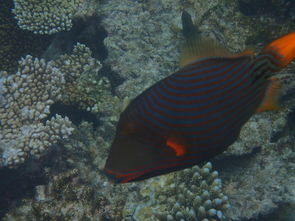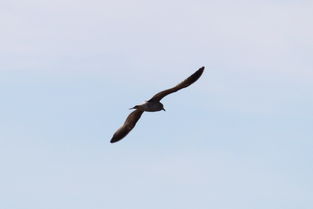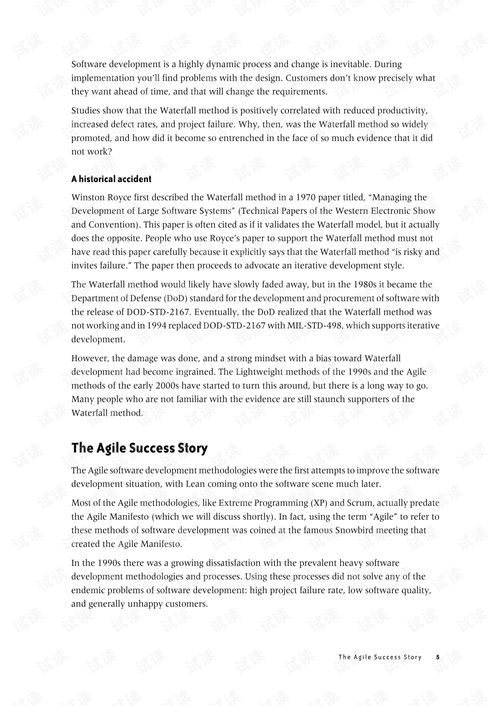Content:
Fishing, an ancient pastime that has stood the test of time, continues to captivate anglers of all ages and skill levels. Whether you're a seasoned pro or a beginner looking to cast your line into the unknown, mastering the art of fishing is essential. One of the most common tools used in fishing is the fish net, a versatile and effective device that can help you catch a variety of fish. In this article, we'll delve into the world of fishing techniques and provide you with some valuable tips on how to use a fish net effectively. Alongside our words, we've included a picture to illustrate the points we discuss, making it easier for you to visualize and understand the process.
Understanding the Fish Net

Before we dive into the fishing techniques, it's important to understand the fish net itself. A fish net is a woven mesh of fine wire or nylon that is designed to trap fish without causing them harm. The net can come in various sizes, from small hand-held nets suitable for catching bait fish to larger nets that can be used for commercial fishing. The design of the net can vary, with some featuring a conical shape to scoop fish out of the water and others with a rectangular shape for easier handling.
Choosing the Right Fish Net
The first step in mastering the art of fishing with a net is to choose the right one for your needs. Consider the following factors when selecting a fish net:
- Size: The size of the net should match the size of the fish you're targeting. A smaller net is ideal for catching smaller fish, while a larger net is better for larger species.
- Mesh Size: The mesh size determines the size of the fish that can pass through the net. A finer mesh is better for smaller fish, while a coarser mesh is suitable for larger fish.
- Material: Nets can be made from various materials, including wire, nylon, or a combination of both. Choose a material that is durable and resistant to rust or degradation.
Basic Fishing Techniques with a Fish Net
Once you have the right fish net, it's time to learn some basic techniques to help you catch more fish:
Location, Location, Location: Before you start fishing, it's crucial to find the right spot. Look for areas where fish are likely to congregate, such as near rocks, logs, or around aquatic plants.
Patience is Key: Fishing requires patience. Wait for the fish to come to you rather than trying to force them into your net. This can be achieved by using bait or lures that attract fish.
Approach the Water Carefully: When approaching the water's edge, move slowly and quietly to avoid startling the fish. A sudden movement can spook them and cause them to swim away.
Cast Your Net: Hold the net by the handle and cast it out into the water. Ensure that the net is fully open before it reaches the water to maximize its effectiveness.
Scoop the Fish: Once the net is in the water, gently scoop it towards you. The conical shape of some nets makes it easier to scoop fish out of the water without them escaping.
Handle Fish Gently: When you catch a fish, handle it gently to avoid causing unnecessary stress. Support the fish's body with one hand and remove the net with the other.
Advanced Techniques
For those looking to take their fishing skills to the next level, here are some advanced techniques:
- Trolling: Attach the fish net to a boat and drag it through the water to attract fish.
- Surf Fishing: Use a fish net to catch fish from the shore during high tide when fish are closer to the shore.
- Night Fishing: Fish often feed more actively at night. Use a fish net to scoop up fish that are active during the night.
Illustration: Fish Net in Action
To help you visualize the process, we've included a picture of a fish net in action. In the image, you can see an angler using a conical fish net to scoop up a school of small fish. The angler is careful to approach the water slowly and gently to avoid startling the fish, which is a key technique when using a fish net.
In conclusion, fishing with a fish net is a skill that can be mastered with practice and patience. By understanding the right net for the job, mastering basic fishing techniques, and exploring advanced methods, you'll be well on your way to becoming a proficient fisherman. Remember to always handle fish with care and respect the environment. Happy fishing!












